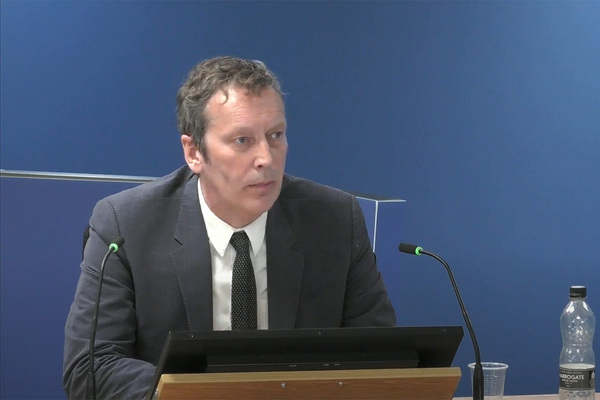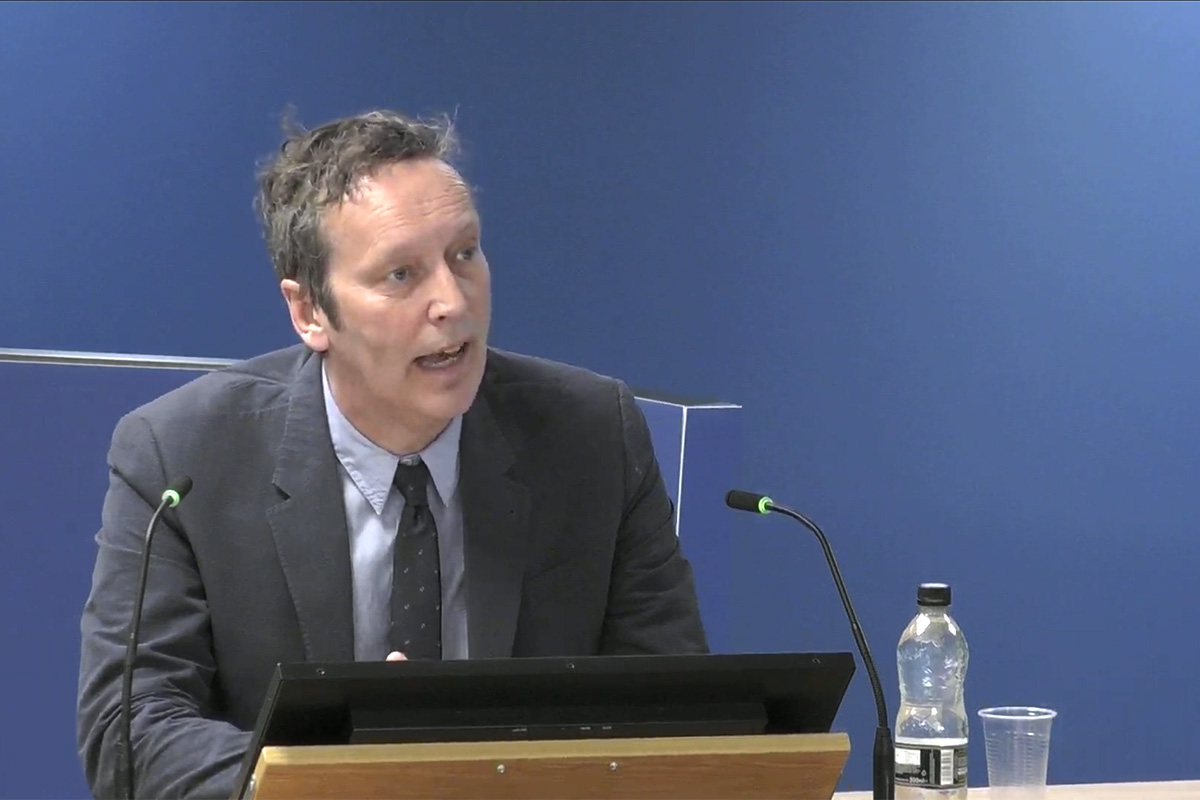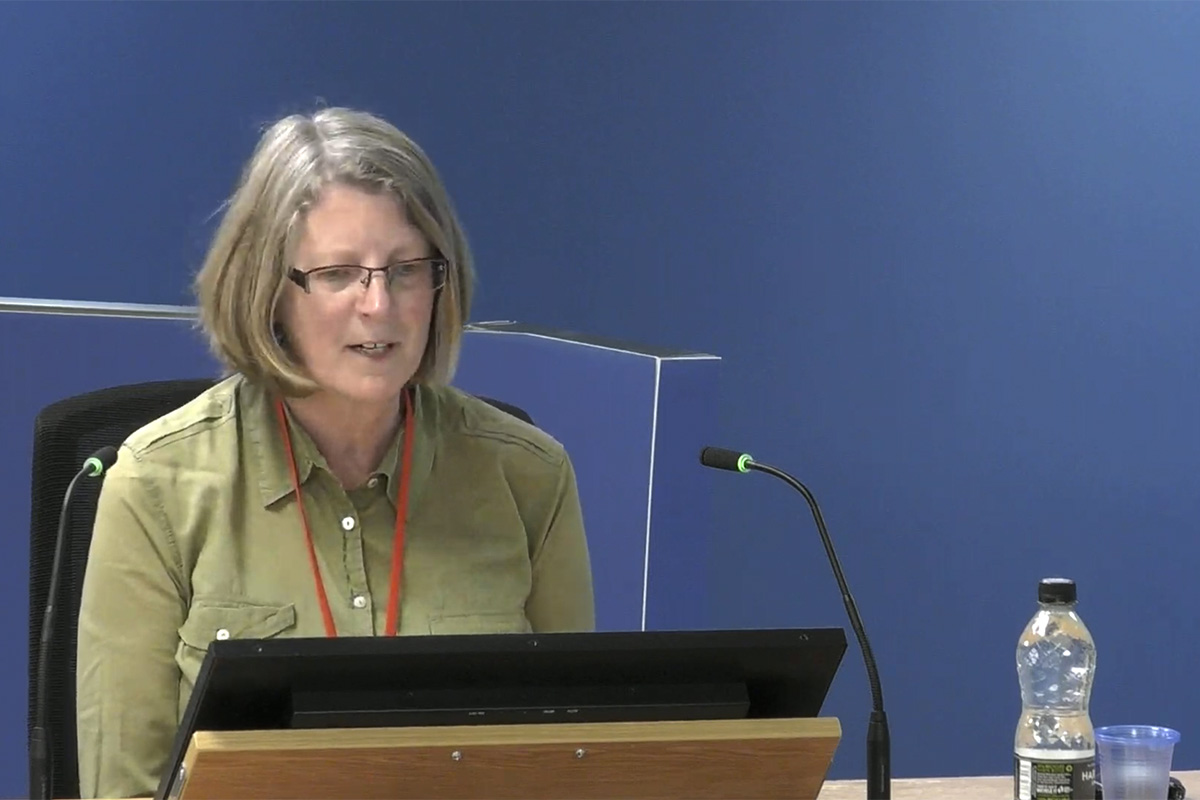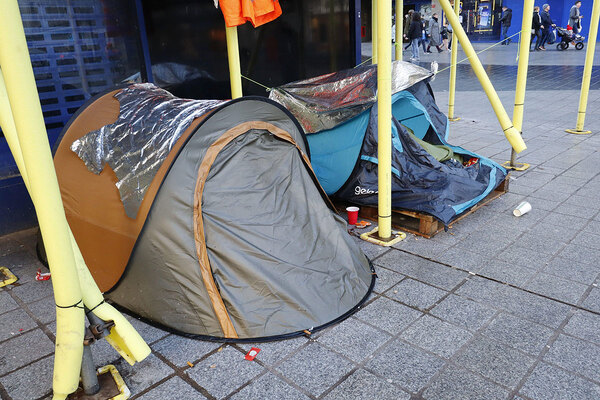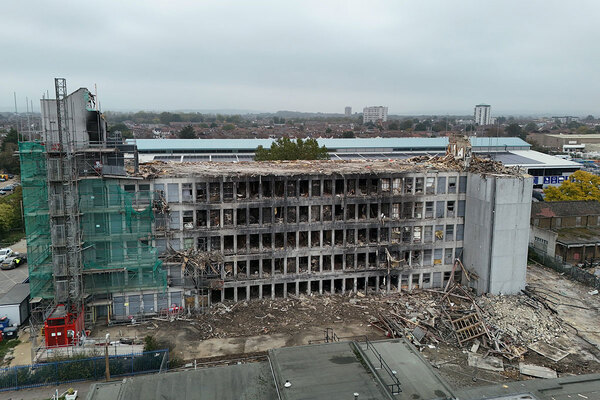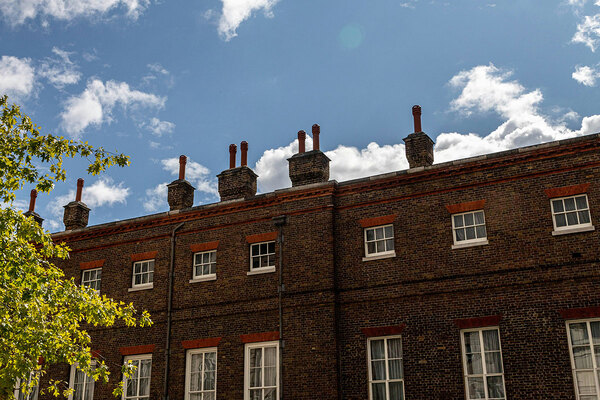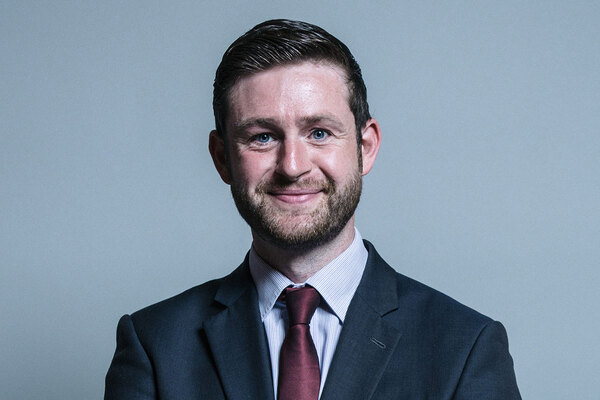You are viewing 1 of your 1 free articles
KCTMO decided to ‘not disclose’ fire risk assessment backlog to fire brigade
A group responsible for health and safety within Kensington and Chelsea Tenant Management Organisation (KCTMO) agreed to “not disclose” a backlog of more than 1,000 fire risk assessment actions to the London Fire Brigade (LFB) to avoid “scrutiny”, the Grenfell Tower Inquiry heard today.
Minutes from a meeting of senior KCTMO figures in 2014 to discuss health and safety matters revealed that the group reached an agreement not to tell the fire brigade about “the volume of outstanding FRA actions” that it had developed.
“Consensus of the group was that this would result in more scrutiny from the LFB and also possible enforcement action so agreed that we would not disclose this level of detail at this stage,” the minutes read.
Minutes from a later meeting revealed that KCTMO had built up a backlog of approximately 1,400 outstanding FRA actions during this period.
When asked by lead counsel to the inquiry, Richard Millet QC, whether this was a large number in relation to the organisation’s stock, KCTMO’s former director of assets Peter Maddison said it was “high”.
Mr Maddison, who was listed as being present, said he could not remember the meeting in which the decision to withhold information from the LFB was discussed.
“There are some people reading this minute cold like I am because I wasn’t there that might think that the TMO was intent on sweeping this issue under the carpet or at least keeping it from the LFB. Would that be fair?” Mr Millet asked.
“I could see why you could read it like that,” Mr Maddison replied.
The decision to withhold information from the LFB came shortly after an audit of KCTMO’s health and safety compliance by the Royal Borough of Kensington and Chelsea highlighted a number of issues, including “risk control shortcomings that if left unresolved could potentially expose the business and those in H&S management positions to corporate and personal liabilities”.
Issues raised by the audit also included “the lack of H&S compliance information available” and “a lack of leadership from the executive level”.
It came after the inquiry heard this morning about a series of warnings issued to the TMO with regards to fire safety issues within the Grenfell Tower, as well as delays to broken fire safety equipment within the tower being repaired.
This included a statement to the Metropolitan Police made by Seamus Dunlea, a former handyman for KCTMO, in which he said he told managers about multiple issues with the fire doors that were installed during the refurbishment of Grenfell Tower.
This included the fact that he was forced to remove door closers from “about 10” fire doors because the doors were unable to close. He said this made the fire doors “illegal” because they would not self-shut.
On the night of the fire at Grenfell a number of issues with the fire doors were identified, including the fact that many did not self-shut, allowing smoke to travel from flats into the communal areas.
Claire Williams, project manager at KCTMO, told the inquiry today that Mr Dunlea did not make her aware of the issue with the fire doors.
However, the inquiry saw an email on Monday from Janice Wray to neighbourhood manager Siobhan Rumble that raised the matter. Ms Rumble, Mr Dunlea’s manager, said she had asked him to stop.
The inquiry also heard today that KCTMO took more than six months to repair a broken dry riser, a pipe used by firefighters to connect to a pressurised water source, while Grenfell Tower was being refurbished.
The dry riser was broken at the same time that Grenfell Tower was without a working smoke ventilation system, as outlined during evidence yesterday.
The inquiry continues tomorrow.
Sign up for our weekly Grenfell Inquiry newsletter
Each week we send out a newsletter rounding up the key news from the Grenfell Inquiry, along with the headlines from the week
Already have an account? Click here to manage your newsletters
